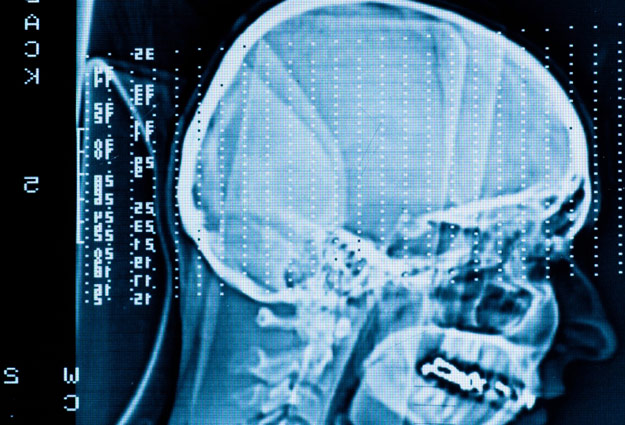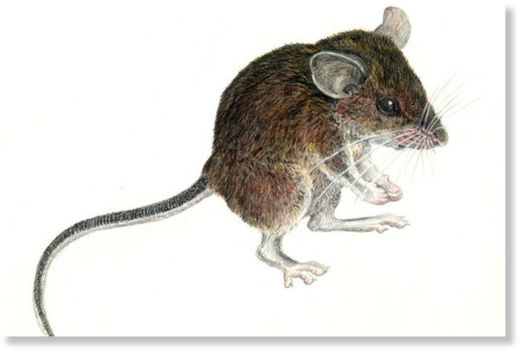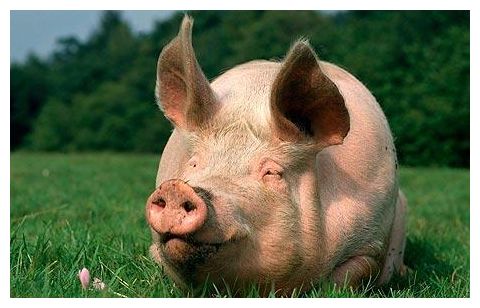
© iStockPhotoA close-up of a CT brain scan.
The warning signs may seem subtle at first -- a child unable to empathize with others; another seems to fear nothing, not even the consequences of violence.
With time, researchers say, these descriptions might reflect a growing association between criminality and antisocial behavior.
But most recently, determining who might become a danger to society may be as easy as performing a brain scan, according to neurocriminology, a scientific discipline that uses neuroscience to predict and potentially reduce crime.
Along these lines, is it realistic to use brain scans to pinpoint which individuals are more at risk for criminal behavior before they commit crimes?
For some researchers, the idea is plausible, with the field reviving the nature versus nurture debate, as highlighted by Josh Fischman in a
Chronicle of Higher Education article that profiles the work of University of Pennsylvania researcher
Adrian Raine.Raine's work, which draws from neuroscience and the legal system, focuses on differences in the minds of criminals and non-criminals. Over the years, he's established evidence for a link between the brain and criminal behavior.
By working with murderers, rapists and pedophiles, he's helped confirm that two brain structures -- the
amygdala and the
prefrontal cortex -- are smaller and less active in individuals with antisocial and criminal tendencies. Both areas are thought to give rise to complex behaviors shaped by emotion and fear.



